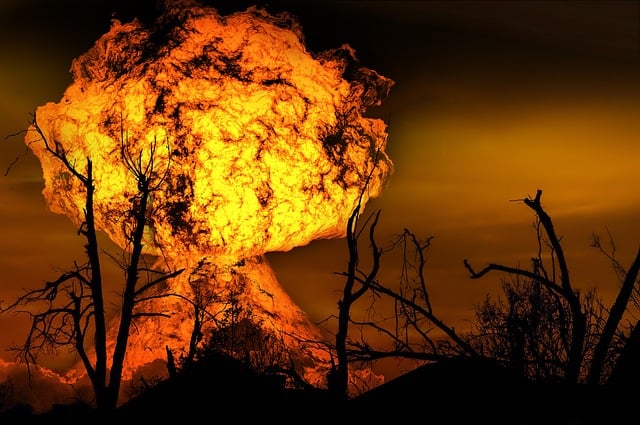
"Your 2025 Budget Is Already Wrong"
03.03.2025 | Linda J. Rosenthal, JD

The Internal Revenue Service values and acknowledges the historical role of the charitable sector in disaster relief.
Providing “… aid to relieve human suffering caused by a natural or civil disaster or an emergency hardship is charity in its most basic form.” See Publication 3833 (Rev. 12-2014), Disaster Relief: Providing Assistance Through Charitable Organizations (28 pp. PDF].
The catastrophic wildfires continue in Southern California this week – even today – with new Santa Ana wind systems blowing through San Diego and other areas beyond Los Angeles County. There is a massive outpouring of concern and support from near and far. Many charitable organizations want to know how they can help facilitate donations and other help.
The devastating losses from the current wildfires are piling up in what may become the most expensive natural disaster in U.S. history. And, of course, the next calamity is likely just around the corner.
We’ve written about nonprofits and disaster relief in earlier posts: in 2017 in response to Hurricanes Harvey and Irma, and then in 2022 during COVID-19. But, as we explained in the opening paragraphs of Disaster Relief: New Paradigms (March 1, 2022) FPLG Blog, “we don’t do disaster relief in 2022 the same way we did in 2017, much less how we did it in 2003 when Publication 3833” was first written.
Now, in early 2025, we must review this topic in light of even further developments in the disaster-relief model along with the reality that the world is experiencing “hundred-year” weather events once every few months.
IRS Publication 3833, as revised in late 2014, continues to be the seminal guidance from the federal government to charities interested in participating in disaster relief efforts either directly or indirectly. “By using this publication as you begin to plan your relief efforts,” federal officials explained, “you will be able to ensure that your program will assist victims in ways that are consistent with the federal tax rules that apply to charities.”
A 501(c)(3) can design its participation in a variety of ways: through an established and separate disaster charity; in its own newly designed and in-house disaster-aid program or activities; or via a new 501(c)(3) formed for the specific purpose of disaster relief. There are also a wide variety of hybrids and variations popping up regularly. Federal tax officials permit considerable flexibility for 501(c)(3)s in choosing an appropriate way to help out in disaster relief.
But they do not encourage a flurry of brand new 501(c)(3) applications. It’s cumbersome, time-consuming, and unnecessary. Established organizations – whether or not they have done disaster aid in the past – are a much better “funnel for aid than a system cobbled together by individuals acting on their own or through new organizations quickly hatched to meet the new and urgent needs. (Nevertheless, the IRS guidance includes instructions about forming a new disaster-relief charity.)
For the 501(c)(3) that does not ordinarily engage in disaster-relief activities but wants to help out within its existing structure and under its own tax-exempt status, the IRS explains that there is no need to get prior approval. However, there are rules and restrictions as well as record-keeping and reporting duties.
This information is spelled out in Pub 3833, as revised in 2014 and still in effect. (In Disaster Relief: An Intro For 501(c)(3)s And Others (September 21, 2017) FPLG Blog, we discussed some of these points in detail.)
To supplement the general information in the 2014 revision to Publication 3833, the Internal Revenue Service has published – and regularly updated – helpful educational material at several points in its website section “Charities.”
Among them are:
Before you delve too deeply into Publication 3833 or these website entries, take a quick detour to the IRS’s “Stay Exempt” mini-course website: stayexempt.irs.gov.
Whether you are new to the topic of disaster aid or are here for a brief refresher and update, check out these two helpful cartoon-hosted slideshows:
For a combined total of about 30 minutes of your time, you’ll get an excellent overview of the subject before diving into the heavier reading. While you’re at it, take a look at some of the other EO mini-courses. They’re quite good.
The Los Angeles wildfires have generated an enormous amount of interest and expert commentary on the topic of nonprofits and disaster aid. See, for example:
The role of charities in disaster relief is a topic that will surely not fade from public attention any time soon. We’ll follow these developments.
— Linda J. Rosenthal, J.D., FPLG Information & Research Director
